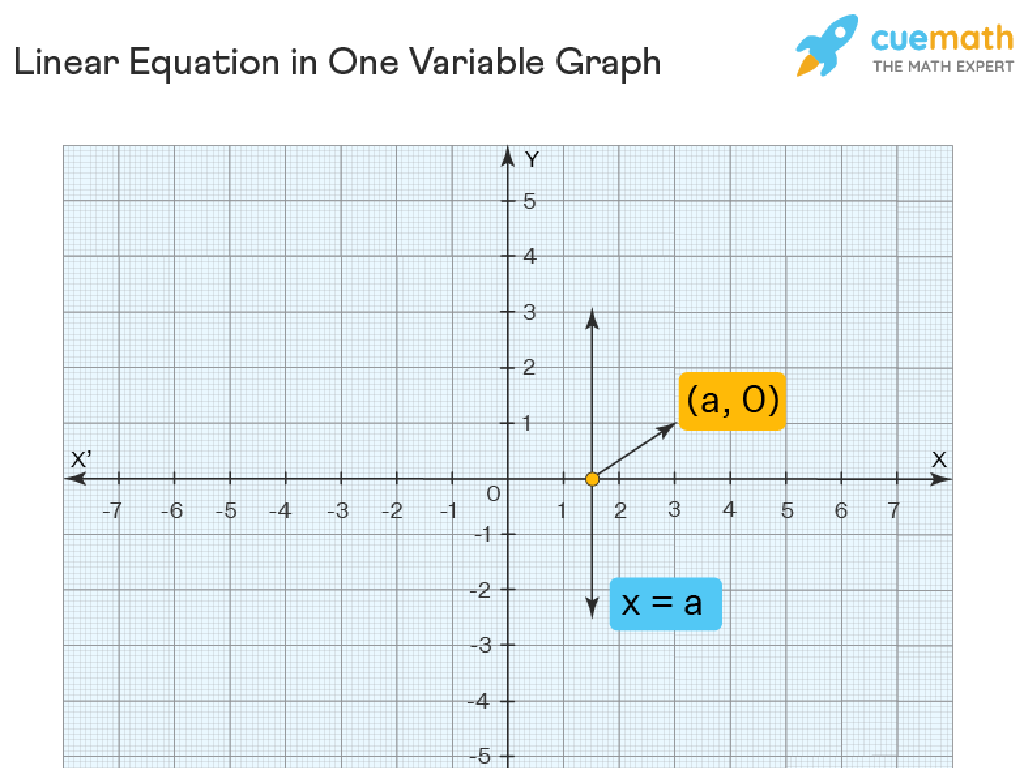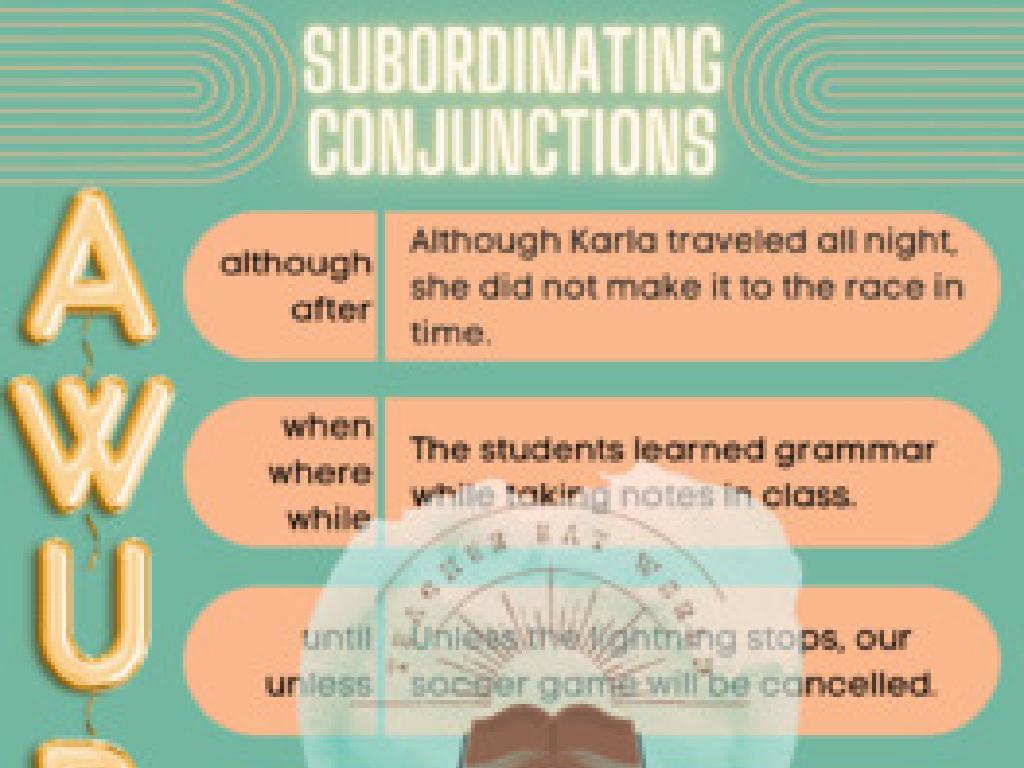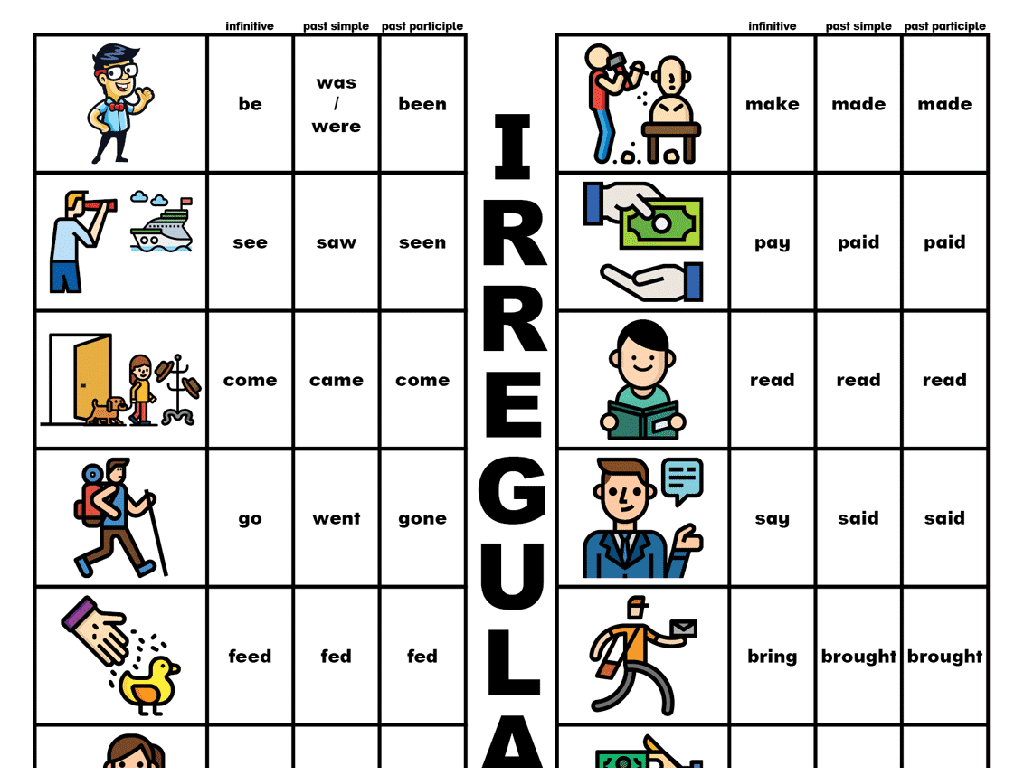Perimeter Of Quadrilaterals
Subject: Math
Grade: Third grade
Topic: Perimeter
Please LOG IN to download the presentation. Access is available to registered users only.
View More Content
Perimeter Exploration: Quadrilaterals
– What is a perimeter?
– The total length around a shape
– Perimeter of quadrilaterals
– Add all four sides to find a quadrilateral’s perimeter
– Perimeter in daily life
– Used to fence gardens or frame pictures
– Measuring perimeter activity
|
Begin the lesson by explaining the concept of perimeter as the total distance around the edge of a shape. Emphasize that for quadrilaterals, which have four sides, you find the perimeter by adding the length of all four sides together. Provide real-life examples where calculating perimeter is necessary, such as determining the amount of fencing needed for a garden or the length of the frame for hanging pictures. Conclude with a hands-on activity where students measure the perimeter of various quadrilaterals using rulers or string. This will help solidify their understanding and show them how perimeter is relevant to their everyday lives.
Exploring Perimeter: Walking Around Shapes
– Perimeter is a shape’s total edge length
– Add up all the sides to find the perimeter
– It’s like walking around a playground
– Think of the boundary line you walk on
– We measure perimeter in units
– Units can be inches (“), feet (‘), or meters (m)
– Practice with inches, feet, or meters
|
This slide introduces the concept of perimeter to third-grade students by relating it to a familiar activity: walking around the edge of a playground. Emphasize that perimeter is the total distance around the outside of a shape and can be measured using standard units of length. Encourage students to think about different units they might use, such as inches for small objects or meters for larger areas. Provide examples of measuring perimeter with a ruler or tape measure. In class, you can have students practice by measuring items in the classroom or by walking the boundary of the playground to estimate its perimeter.
Exploring Perimeter of Quadrilaterals
– What are quadrilaterals?
– A shape with 4 straight sides, like a square or rectangle.
– How to find the perimeter?
– Add the lengths of all 4 sides to find the total distance around.
– Let’s solve an example!
– If a rectangle has sides of 5 inches and 3 inches, what’s the perimeter?
– Practice makes perfect
|
This slide introduces the concept of quadrilaterals and their perimeters to third-grade students. Begin by explaining that quadrilaterals are shapes with four sides, such as squares, rectangles, and other four-sided figures. Emphasize that the perimeter is the total distance around the outside of the shape, which can be found by adding the lengths of all sides. Walk through the example together, showing that for a rectangle with two sides of 5 inches and two sides of 3 inches, the perimeter is 5+5+3+3=16 inches. Encourage students to practice with different quadrilateral shapes and side lengths to reinforce the concept.
Calculating Rectangle Perimeter
– Rectangles have equal opposite sides
– Example: Length 5 inches, Width 3 inches
– Perimeter formula: 2*(length + width)
– Add length and width, then multiply by 2
– Calculate: 2*(5 inches + 3 inches) = 16 inches
– This gives us the total distance around the rectangle
|
This slide introduces students to the concept of finding the perimeter of a rectangle. Start by explaining that a rectangle has two pairs of equal sides, which is important for understanding why the formula for the perimeter is structured as it is. Use the example provided to show how to apply the formula: by adding the length and width together and then multiplying by two to account for both pairs of sides. Ensure that students understand that the perimeter is the total distance around the outside of the rectangle. Encourage them to practice with different lengths and widths and to check their understanding by measuring actual rectangles with a ruler.
Calculating Square Perimeter
– A square has four equal sides
– Measure one side to find perimeter
– Multiply side length by 4
– Example: Side = 4 inches
– Perimeter = 4 * 4 inches = 16 inches
|
This slide is aimed at teaching third-grade students how to calculate the perimeter of a square. Start by explaining that all sides of a square are equal in length. To find the perimeter, you only need to measure one side. Then, multiply the length of one side by 4, since a square has four sides. Use the example provided to illustrate this concept: if one side of a square is 4 inches, then the perimeter is 4 times 4 inches, which equals 16 inches. Encourage students to practice with different side lengths and to check their understanding by asking them to calculate the perimeter of squares with sides of other lengths.
Practice Time: Finding Perimeter
– It’s your turn to find the perimeter
– Add up all the sides together
– Measure sides with a ruler
– Use the ruler to find the length of each side
– Work with a partner on this activity
– Discuss with your partner and solve together
|
This slide is meant to engage students in a hands-on activity to reinforce their understanding of how to calculate the perimeter of quadrilaterals. Provide students with rulers and have them work in pairs to measure the sides of different quadrilaterals, whether they are paper cutouts, objects in the classroom, or shapes drawn on paper. Encourage them to carefully add all the side lengths to find the total perimeter. This activity will help solidify the concept of perimeter as the total distance around a shape and also promote teamwork and discussion among students. As they work, circulate the room to offer guidance and ensure they are measuring and adding correctly. Prepare to discuss common mistakes and address any misconceptions in the next class.
Class Activity: Perimeter Hunt
– Explore the classroom perimeter hunt
– Measure objects to find perimeter
– Use a ruler or tape measure for straight edges
– Calculate the perimeter of each
– Add all sides’ lengths to find total perimeter
– Share your perimeter discoveries
|
This interactive activity is designed to help students apply their knowledge of calculating perimeters in a fun and engaging way. Provide students with rulers or tape measures and instruct them to find various objects in the classroom, such as books, desks, or windows. They should measure each side of the object and then add all the side lengths together to find the total perimeter. Once they have calculated the perimeters, students will share their findings with the class. This will not only reinforce their understanding of the concept but also improve their measuring skills. Possible variations of the activity could include pairing students to work as a team, timing the hunt for added excitement, or challenging them to find the object with the largest or smallest perimeter.
Becoming a Perimeter Pro!
– Congratulations on learning perimeters!
– Measuring edges of spaces is fun
– Like the edge of a book or a table!
– Practice makes perfect
– Try with different shapes at home or school
– You’re on your way to being a Perimeter Pro!
|
This slide is meant to congratulate the students on their hard work learning about perimeters. It’s important to reinforce the idea that learning is fun and that they can apply this knowledge to everyday objects around them. Encourage them to keep practicing with different shapes, both regular and irregular, to become more comfortable with the concept of perimeter. Remind them that practice is key to mastering any new skill. Celebrate their progress and encourage them to continue exploring and measuring the world around them.






